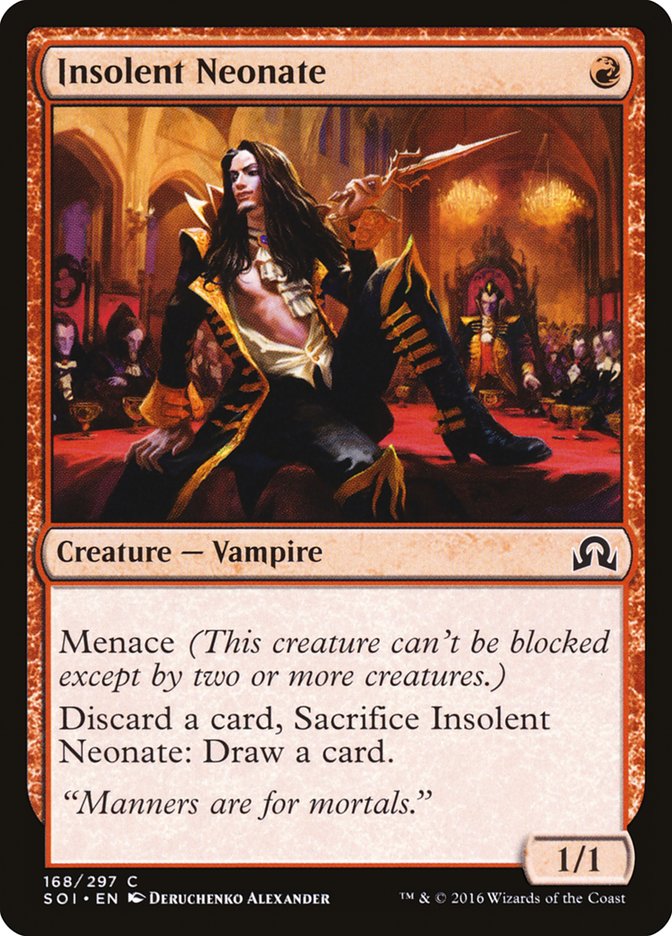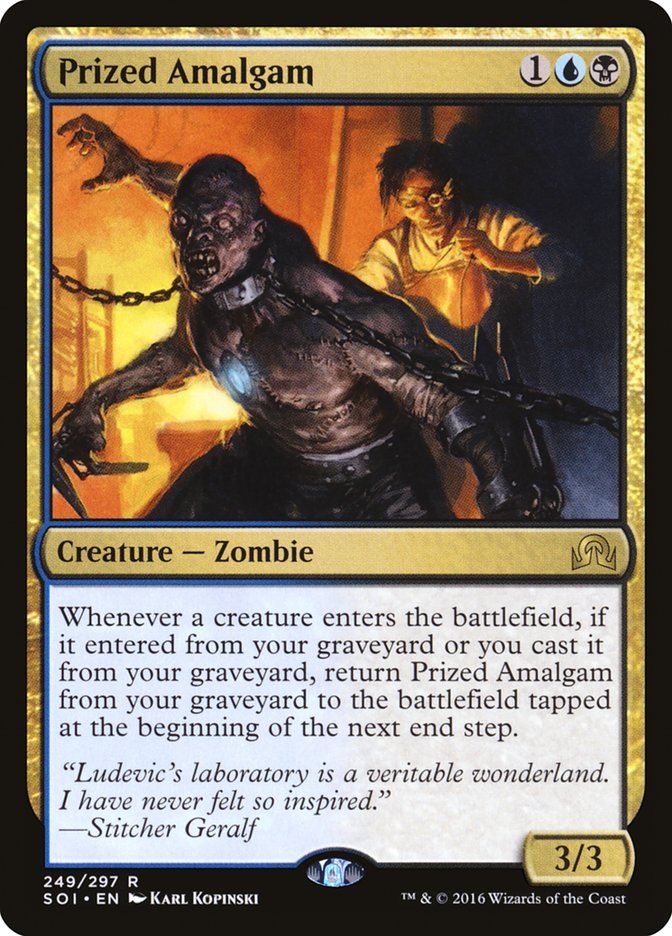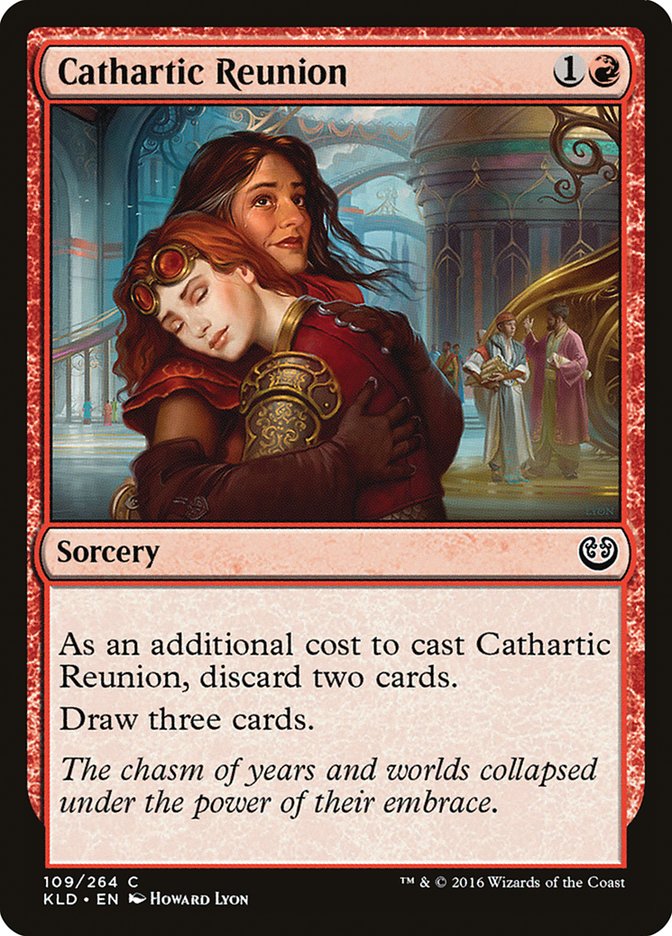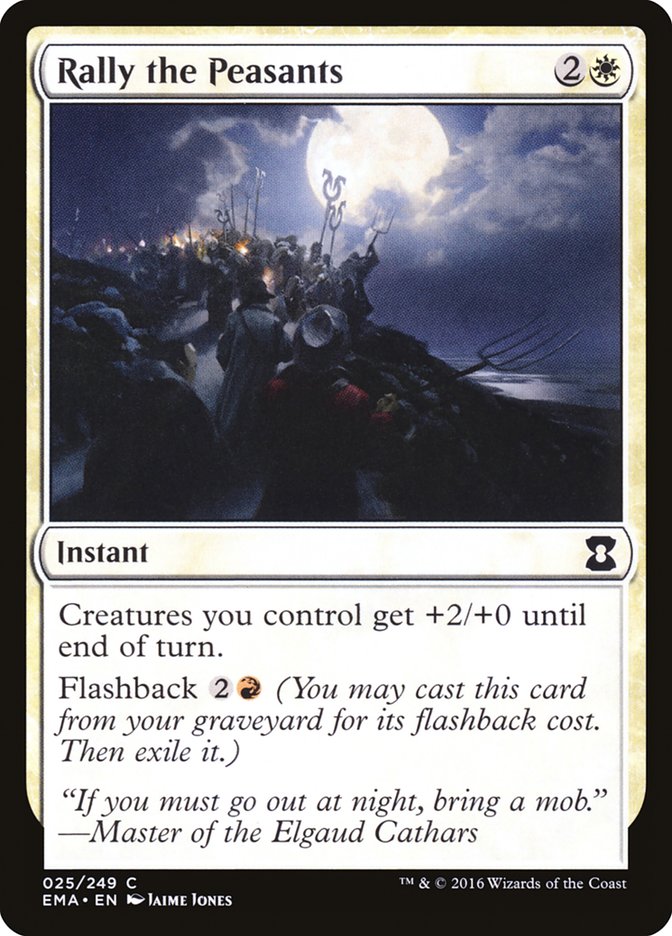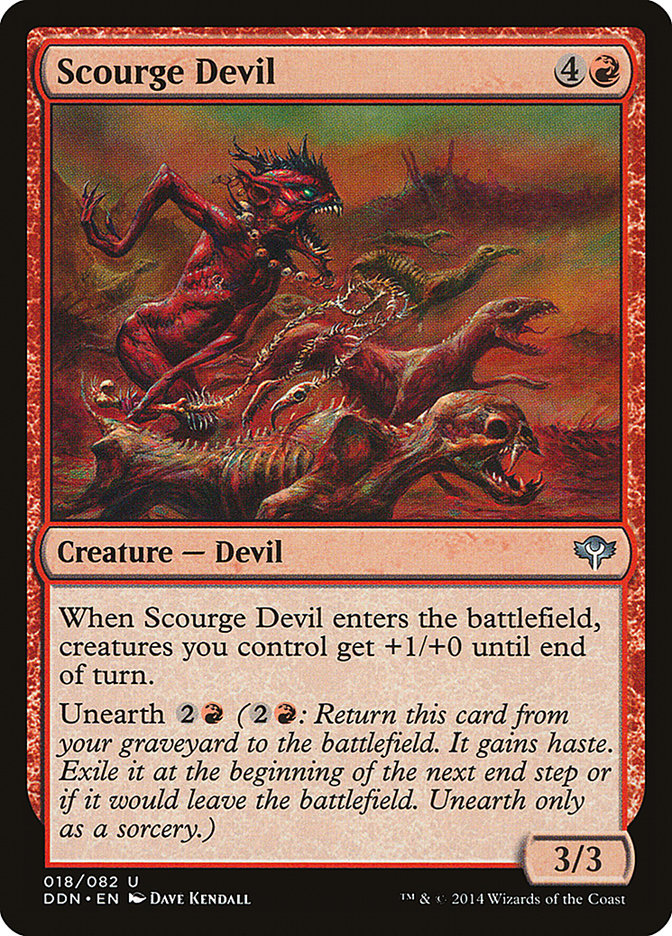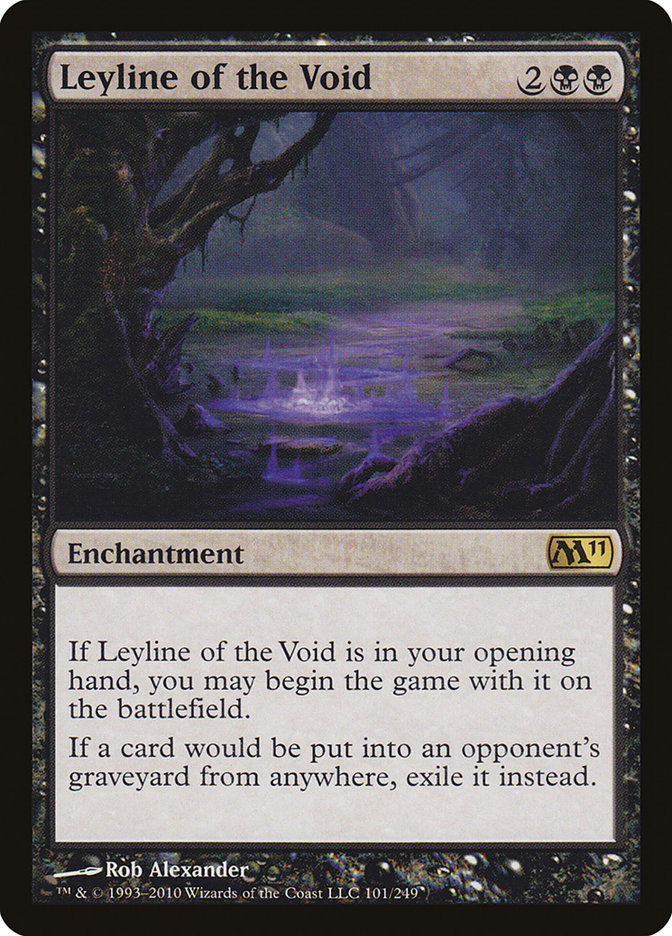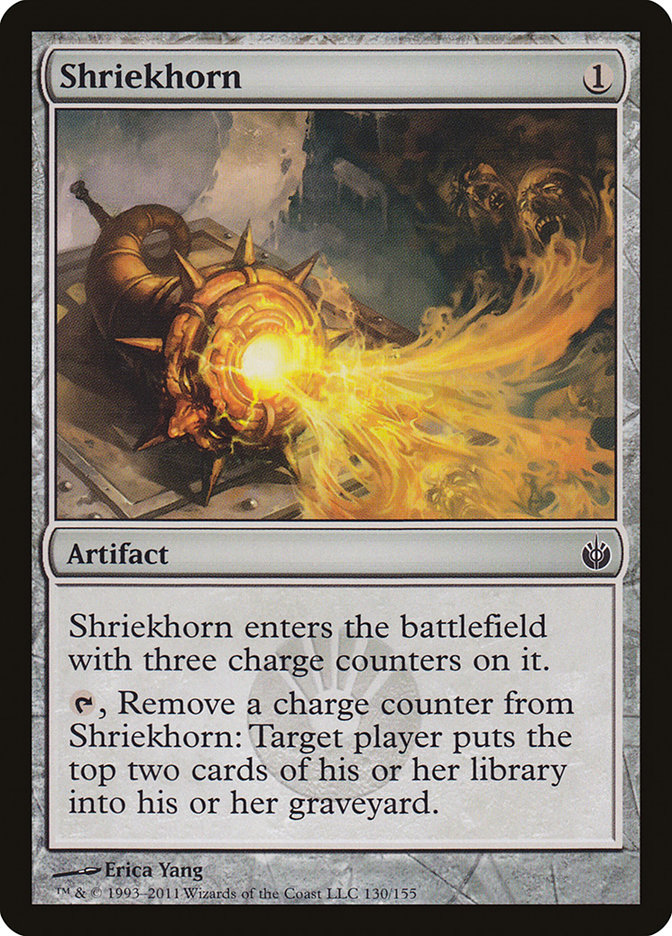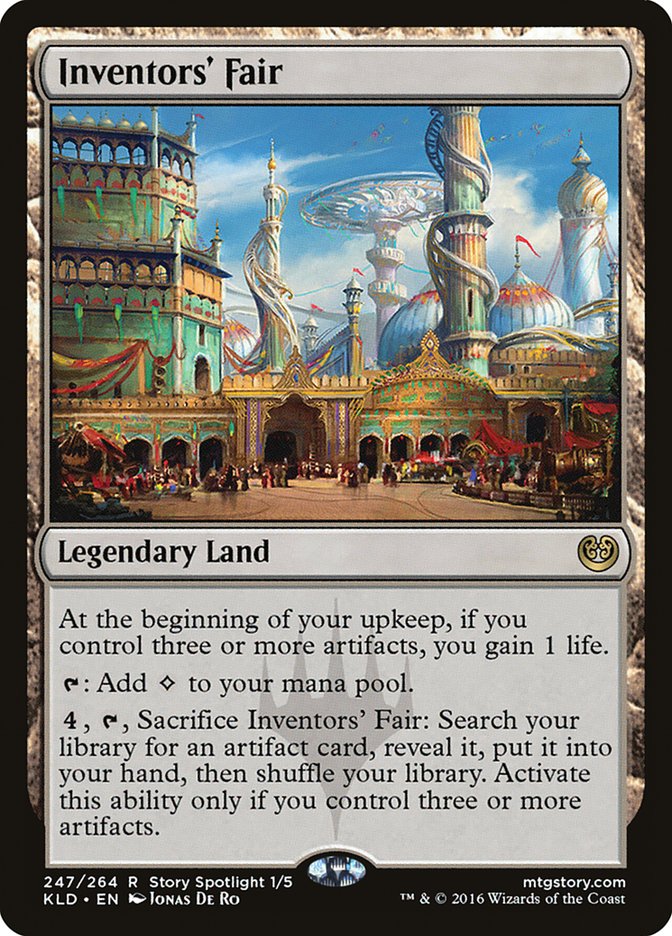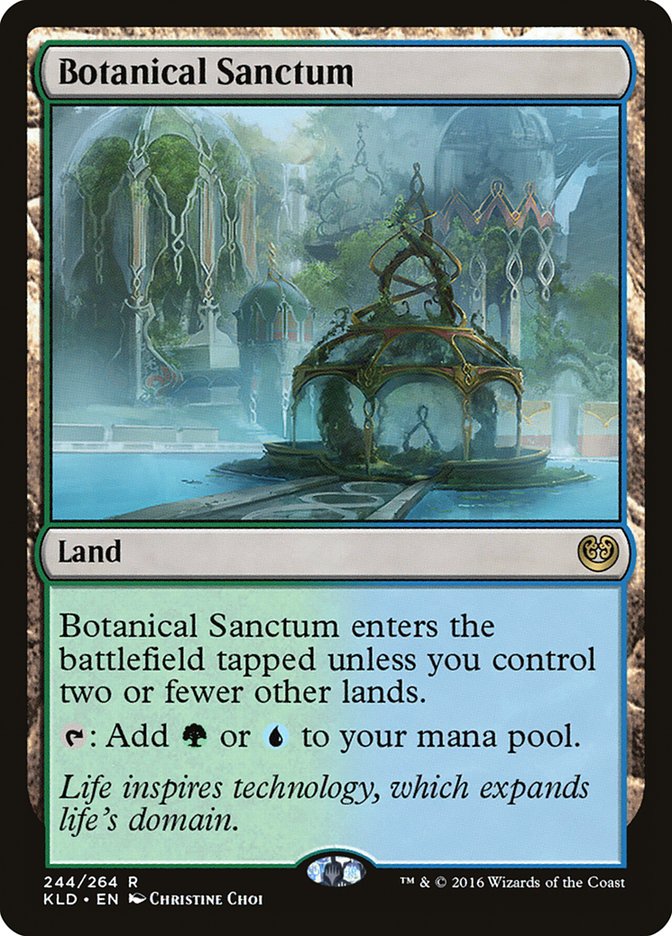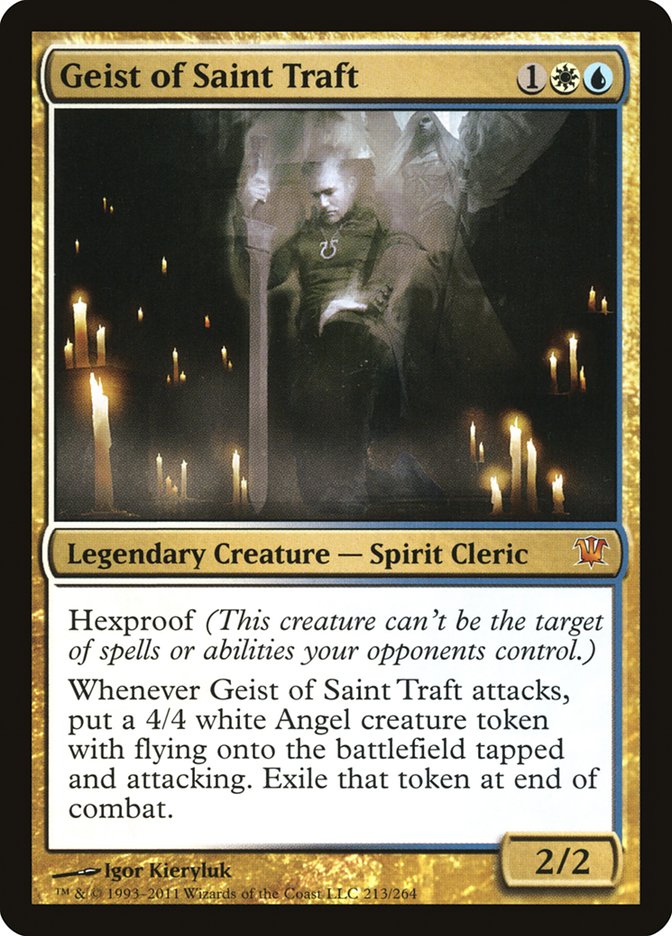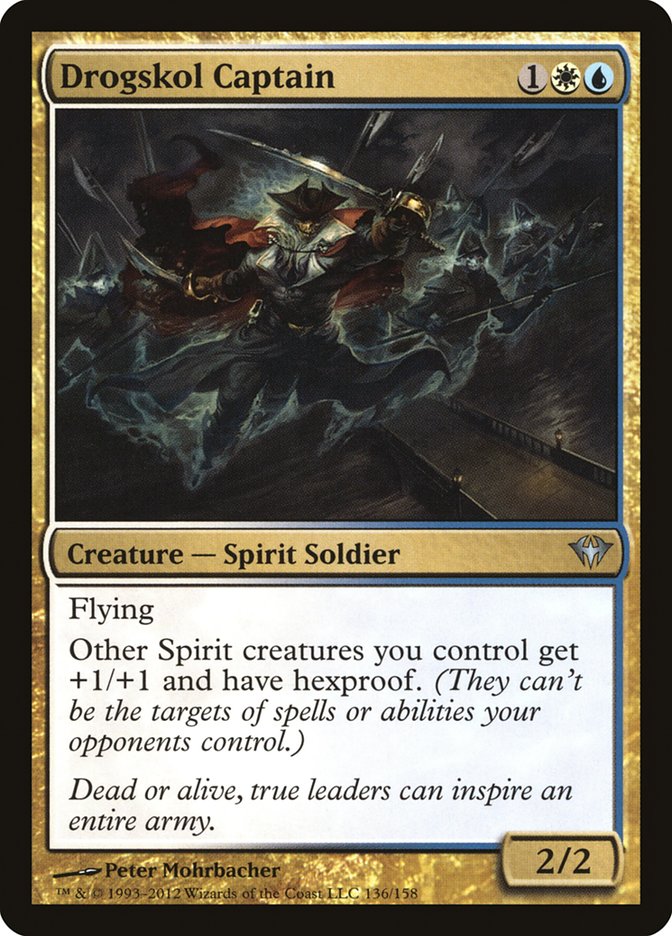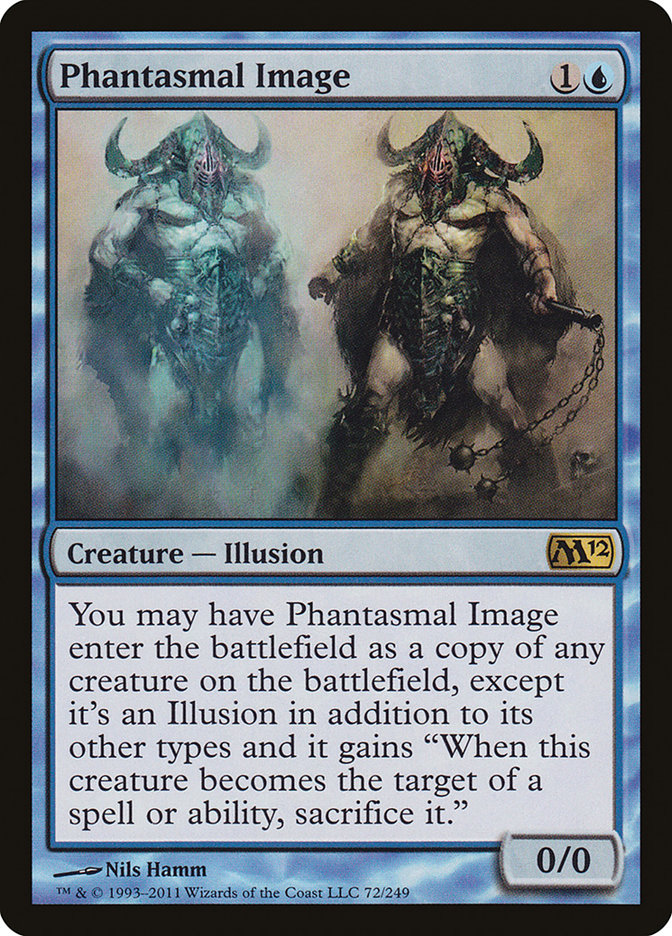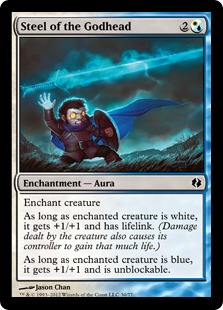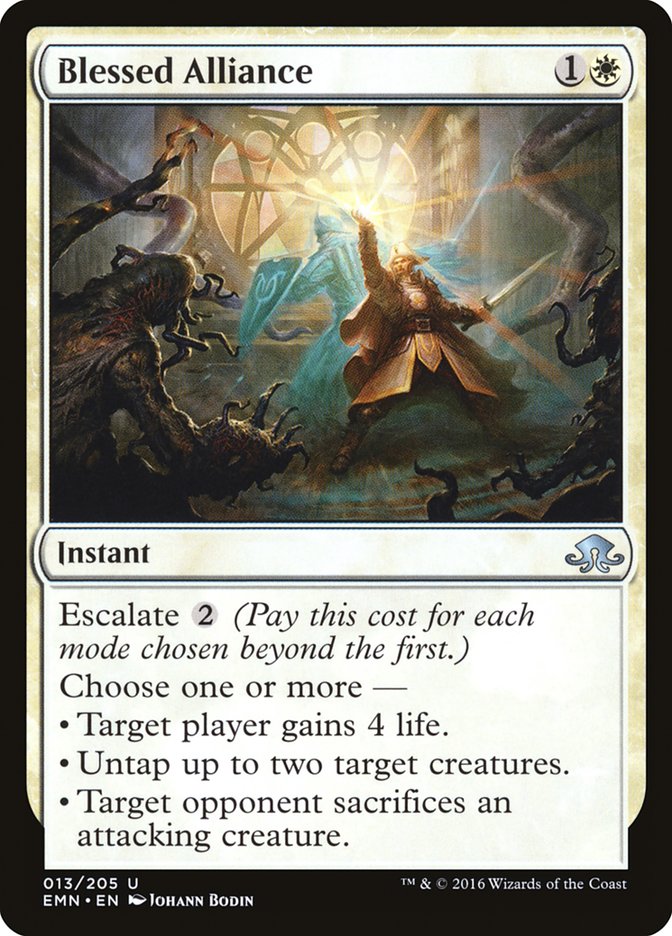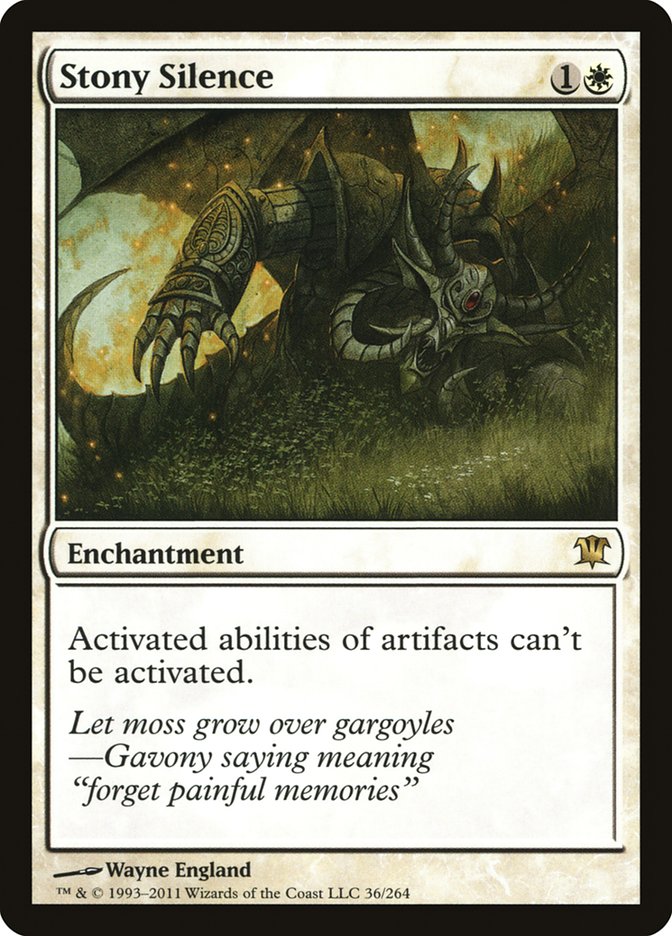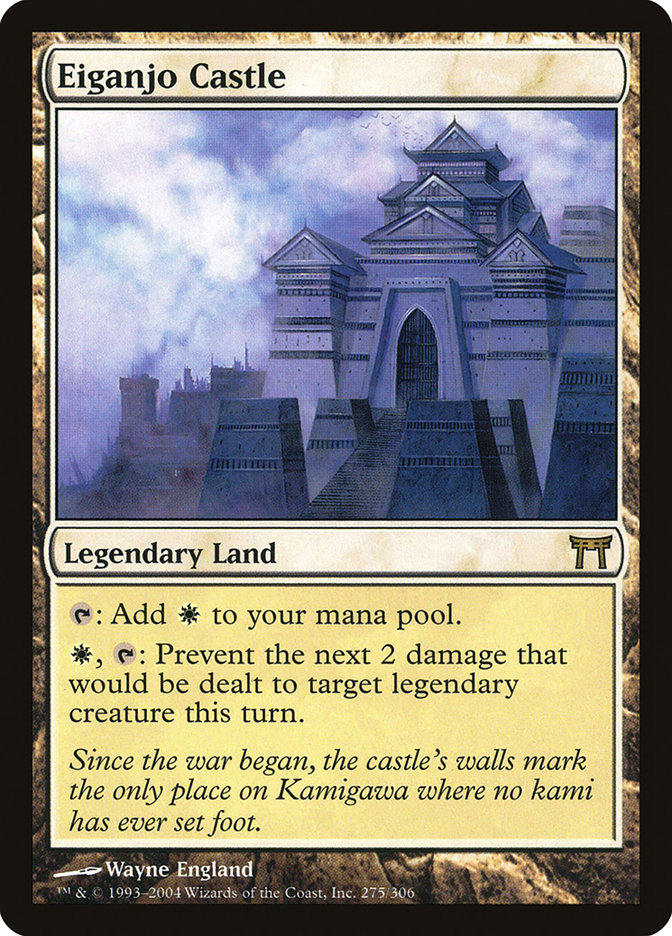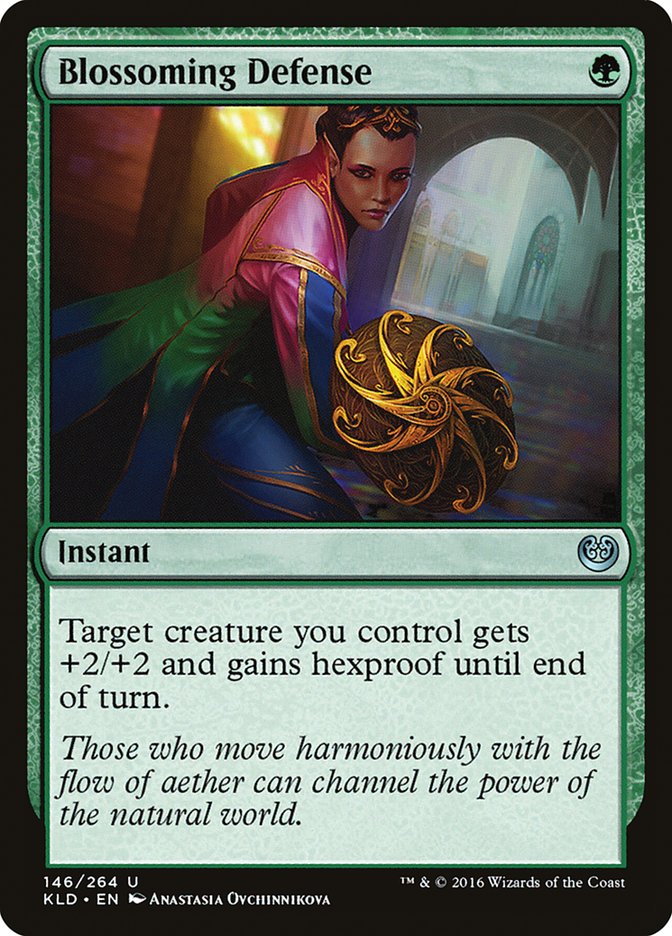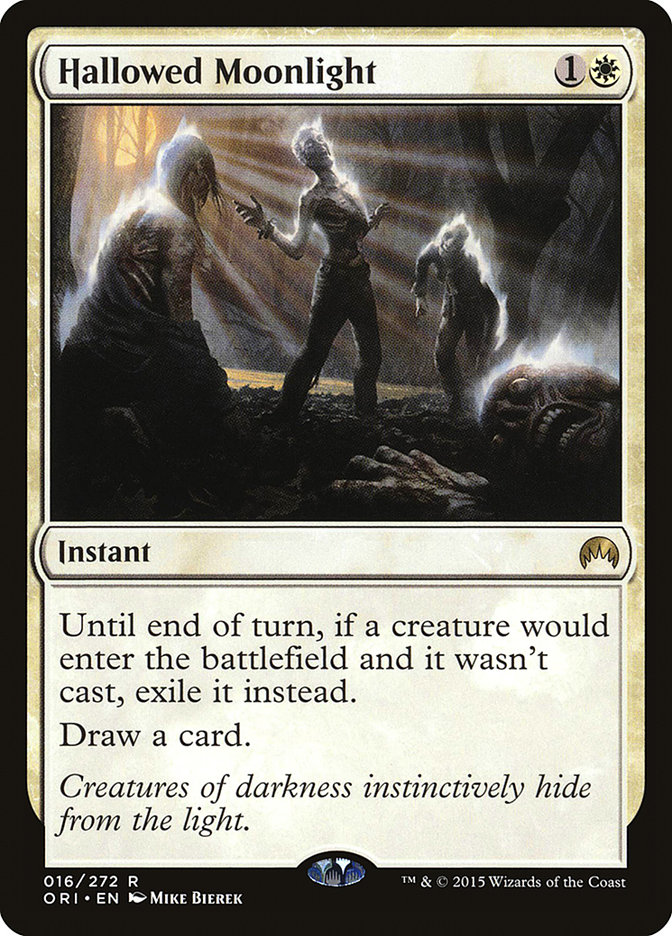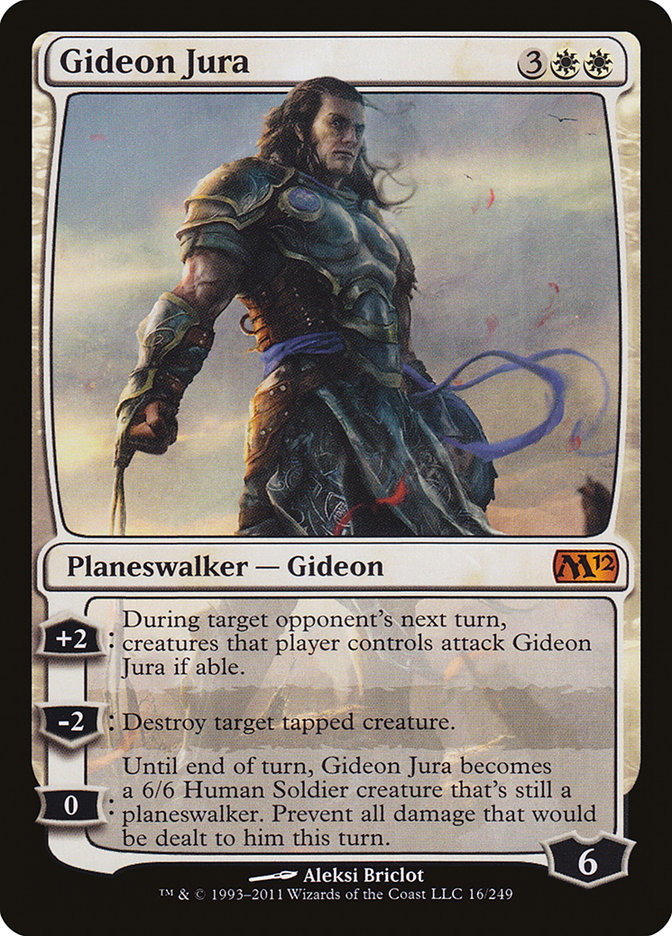The SCG Tour stop in Milwaukee marked a major step forward in the evolution of this Modern format. While Dredge had been steadily gaining in both popularity and success, this past weekend, it finally became the deck to beat.
The current Dredge decks are true Dredge decks, with Golgari Grave-Troll, Stinkweed Imp, and some amount of Golgari Thug, Life from the Loam, and Darkblast.
Earlier this year, Insolent Neonate and Prized Amalgam gave the strategy a huge boost, and Haunted Dead and Collective Brutality have proven solid additions. Now, with the printing of Cathartic Reunion, the deck has moved into a fairly dominant role.
This is pretty representative of the archetype:
Creatures (24)
Lands (20)
Spells (16)

Kent played one maindeck and two sideboard Collective Brutality, which is a slot that seems to have a wide disparity among players in numbers. While he didn’t play the one Haunted Dead that many players run, he does have full playsets of Amalgams, Insolent Neonates, and now Cathartic Reunions, like everyone else.
We’ve discussed Cathartic Reunion a fair bit in previous weeks, so I won’t get too deep into it, other than to say that it’s a lot of juice in a way that makes it hard to play an attrition-based midrange or control deck. This is a big contributor to the decline of Jund, Abzan, and Grixis. By contrast, Bant, Zoo, and Jeskai are all much more tempo-focused, looking to kill you rather than establish control.
While Kent ran a single copy of Rally the Peasants for a late-game way to break through, there were other options.
Top 8 competitor Jacob Baugh used a single copy of Scourge Devil instead. Personally, I like the look of Rally the Peasants a little more, but I haven’t tested Scourge Devil, so my confidence is low that I know which is better.
Creatures (26)
- 4 Golgari Grave-Troll
- 4 Stinkweed Imp
- 4 Narcomoeba
- 1 Scourge Devil
- 4 Bloodghast
- 4 Prized Amalgam
- 4 Insolent Neonate
- 1 Haunted Dead
Lands (20)
Spells (14)

Jacob uses a Darkblast instead of the maindeck Collective Brutality, though he does use a Haunted Dead instead of the third Life from the Loam.
I’m a fan of Jacob’s extremely hateful playset of Leyline of the Voids in the sideboard. While not single-handedly game over for another Dredge deck, they are typically going to be more than enough when supported with our basic gameplan.
While Shriekhorn still sees some play, I generally like the move away from it. Insolent Neonate, Faithless Looting, and Cathartic Reunion are better ways to discard our dredgers, but everyone plays all twelve. I prefer a thirteenth, personally, but I’d just maindeck a Collective Brutality, like Kent. A successful example of the Shriekhorn style would be Jim Davis’s seventeenth-place list, using them over the Collective Brutality and Rally the Peasants (or Scourge Devil).
Creatures (24)
Lands (20)
Spells (16)

While it was tied for the most popular strategy on Day 2, it was far and away the most successful major archetype. Here’s a look at the Milwaukee metagame, both Day 2 and weighted top 32:
|
Archetypes |
SCG Milwaukee Day 2 Metagame |
SCG Milwaukee Top 32 Metagame |
|
Dredge |
15.5% |
27.0% |
|
Burn |
15.5% |
3.2% |
|
Infect |
11.3% |
11.1% |
|
Affinity |
5.6% |
9.5% |
|
Bant Eldrazi |
5.6% |
4.8% |
|
Bant Spirits |
4.2% |
9.5% |
|
Abzan |
4.2% |
1.6% |
|
Jund |
4.2% |
1.6% |
|
Elves |
4.2% |
0.0% |
|
2.8% |
7.9% |
|
|
2.8% |
7.9% |
|
|
Zoo |
2.8% |
4.8% |
|
Jeskai |
2.8% |
4.8% |
|
Lantern |
2.8% |
1.6% |
|
Grixis Delver |
2.8% |
1.6% |
|
Misc.* |
12.7% |
3.2% |
*Misc. Decks to Top 32 = Kiki-Chord, Sun and Moon
*Misc. Decks to Day 2, but not Top 32 = G/W Hexproof, G/W Hatebears, Bant Retreat, G/R Tron, Merfolk, U/W Control, R/G Ponza
It’s kind of hilarious, comparing the performance of Dredge with Burn. While they both had eleven pilots on Day 2, Dredge dramatically overperformed and Burn barely even cashed.
The weighted metagame data from one event isn’t the most important datapoint, but it’s still interesting to examine which decks overperformed and underperformed. As a note, these are obviously grades for the performance of the macro-archetype, not the specific players or specific builds.
Tier 1 – Grade A
● Dredge
● Affinity
● Bant Spirits
Moderate success – Grade B
● Zoo
● Jeskai
Roughly Expectation – Grade C
● Infect
● Bant Eldrazi
● Kiki-Chord
● Sun and Moon
Underperformed – Grade D
● Abzan
● Jund
● Lantern
● Grixis Delver
Bombed – Grade F
● Burn
● Elves
● Other rogue decks
If we look at the best-performing decks, we actually see a little bit of variety. Two of the most popular linear aggro strategies with almost combo-like properties are also two of the most successful strategies (Dredge and Affinity), but they aren’t the whole story.
Creatures (27)
- 4 Arcbound Ravager
- 4 Ornithopter
- 2 Master of Etherium
- 4 Steel Overseer
- 3 Memnite
- 2 Etched Champion
- 4 Signal Pest
- 4 Vault Skirge
Lands (17)
Spells (16)

Paul Myers’s Top 8 list is fairly standard, without anything fancy like Smuggler’s Copter.
While Smuggler’s Copter has seen a little Affinity usage, it seems to have mostly just been a little slow, vulnerable to Lightning Bolt and Spell Snare, and it increases our exposure to cards like Ancient Grudge. Inkmoth and Blinkmoth Nexus make for fairly reliable crews, but it does mean we need two threats to be able to attack, and a single removal spell can be a real tempo loss.
The new Kaladesh card I’d want in Affinity is a single copy of Inventors’ Fair, in place of a Glimmervoid or a Memnite. Gaining a life a turn can be very real, and the ability to cash in one of our lands for a Cranial Plating, an Arcbound Ravager, a Master of Etherium, or an Etched Champion is already sweet. However, on top of that, it gets us extra mileage out of some of our sideboard cards like the one-of Chalice of the Void, one-of Grafdigger’s Cage, Spellskite, or, if we ever wanted to add them, Relic of Progenitus, Nihil Spellbomb, Tormod’s Crypt, or Ethersworn Canonist.
Bant Spirits was propped up by Caleb Durward’s first-place finish, but his deck looks great. I’d expect to see more decks like it moving forward.
Creatures (29)
- 4 Noble Hierarch
- 2 Phantasmal Image
- 3 Geist of Saint Traft
- 4 Drogskol Captain
- 4 Rattlechains
- 4 Spell Queller
- 4 Selfless Spirit
- 4 Mausoleum Wanderer
Lands (22)
Spells (9)

Botanical Sanctum is a fine addition.
The real reason this deck is possible now is the printing of Mausoleum Wanderer, Rattlechains, Selfless Spirit, and Spell Queller. Geist of Saint Traft was already a Spirit, and Drogskol Captain is a great Spirit lord, particularly in conjunction with Rattlechains and Selfless Spirit.
Drogskol Captain combines with Mausoleum Wanderer and Geist of Saint Traft to form a surprisingly fast clock, particularly when you have the prospect of using Phantasmal Image to copy your Captain. A combination popularized by the Pantheon four years ago in Hawaii, copying the Captain makes both hexproof because of how well the Captain’s ability stacks, which also conveniently dodges the drawback of Phantasmal Image.
Caleb’s deck also makes great use of Steel of the Godhead for some pretty awesome racing potential, particularly against Burn.
Steel of the Godhead is obviously sweet on Geist of Saint Traft, thanks to natural hexproof, but it’s also excellent on Drogskol Captain or Spell Queller. If the threat survives, it’s draining our opponent for four a turn, meaning we usually just need to protect it to win. Selfless Spirit, Rattlechains, and Mausoleum Wanderer all protect our Godheaded creature, not to mention if we have a second Spell Queller or Drogskol Captain.
Collected Company does a pretty mean Bloodbraid Elf impression here. So often, we’re going to be able to make big plays such as two Drogskol Captains or Geist of Saint Traft plus Selfless Spirit. Even just responding to an opponent’s combo gives us a 60% chance of some disruption (even more if we have a Spell Queller or Mausoleum Wanderer already on the battlefield to make Phantasmal Image even more live). Additionally, Collected Company absolutely shreds “fair” decks, with a ridiculous 22 creatures in the deck capable of protecting other creatures.
Blessed Alliance has seen fairly widespread Modern adoption, being an efficient answer to hexproof creatures while also providing extra help against Burn.
Caleb absolutely nailed the metagame this weekend. His plethora of Stony Silence and Rest in Peace hate cards were absolutely devastating for his countless Dredge and Affinity opponents.
Finally, the Tier 1 performances are rounded out by two combo decks (Ad Nauseam and Scapeshift) that are notably not reliant on the graveyard or artifacts (dodging Dredge and Affinity hate, like Caleb’s Stony Silences and Rest in Peace), nor are they popular enough to draw a bull’s eye to them.
Creatures (5)
Lands (21)
Spells (34)

While there’s nothing new in Jadin’s list, Concealed Courtyard is at least worth considering. I’d also like to see a little bit of graveyard hate.
As for Scapeshift, the pendulum has swung back towards straight R/G with neither white for a Nahiri, the Harbinger – Emrakul, the Aeons Torn – Through the Breach package nor blue for library manipulation, Snapcaster Mage, Cryptic Command, and Bring to Light.
Creatures (8)
Lands (27)
Spells (25)

The next tier is a small one featuring Jeskai Flash and Zoo, helping round out the “fair strategies” that did make the Top 8. Bant Spirits may end up in a similar league once players adjust, but all three of these fair decks seem like good choices. Up first, Jeskai Flash, which is another Spell Queller + Geist of Saint Traft deck.
Creatures (13)
Lands (24)
Spells (23)

One of the coolest features of Johnson’s list is the use of a Vendilion Clique and an Aven Mindcensor, which actually meaningfully improves the strength of the Spell Quellers. This way, when he’s holding three mana up, you don’t know which disruption he’s got access to. It could even just be Snapcaster Mage plus Lightning Bolt, Path to Exile, or Spell Snare!
The Eiganjo Castle is a nice touch, protecting Geist of Saint Traft or Vendilion Clique. I’m not 100% sold on it being better than another pain-free two-color land, but the place I’d start with the manabase is with Spirebluff Canal, which seems like it’d be better than Sulfur Falls.
Creatures (30)
- 4 Kird Ape
- 4 Tarmogoyf
- 4 Wild Nacatl
- 4 Goblin Guide
- 4 Burning-Tree Emissary
- 4 Experiment One
- 2 Ghor-Clan Rampager
- 4 Reckless Bushwhacker
Lands (18)
Spells (12)

While a number of places have listed Janny as having Destructive Force, that was a typo in transcription for Destructive Revelry. I love the ambition, though!
It’s interesting, seeing this Burning-Tree Emissary plus Experiment One style of Zoo deck doing well. It feels like a couple of weeks ago, everyone was on Death’s Shadow. This version looks like a safer pick in a format with so much aggression, if you ask me. That said, I still fantasize about a version that can use Gnarlwood Dryad.
The third tier features two of the most notorious decks that are inherently quite strong but heavily targeted at the moment, Infect and Bant Eldrazi Aggro.
Creatures (14)
Lands (20)
Spells (26)
- 4 Might of Old Krosa
- 1 Spell Pierce
- 4 Vines of Vastwood
- 2 Distortion Strike
- 2 Twisted Image
- 4 Mutagenic Growth
- 3 Gitaxian Probe
- 3 Become Immense
- 3 Blossoming Defense
Sideboard

Blossoming Defense has become industry standard, completely replacing Apostle’s Blessing.
The combination of Blossoming Defense and Vines of Vastwood means an awful lot of ways to make our creatures unblockable. Of course, it’s worth remembering that Vines of Vastwood doesn’t actually grant hexproof. We can play it on our opponent’s creature to counter a Become Immense, for instance, or ten Arcbound Ravager counters moving onto it.
Collier was the highest-finishing Infect pilot, but my favorite of the Infect lists was Infect master Tom Ross’s fourteenth-place list:
Creatures (12)
Lands (20)
Spells (28)

Featuring full playsets of Vines of Vastwood, Blossoming Defenses, Become Immense, Gitaxian Probe, and almost no blue spells, Tom’s list is incredibly consistent and disciplined. I love it (in a dirty way) and would strongly consider running it if I were playing Modern this weekend.
Creatures (26)
- 4 Noble Hierarch
- 2 Spellskite
- 3 Drowner of Hope
- 2 Eldrazi Skyspawner
- 4 Eldrazi Displacer
- 4 Reality Smasher
- 4 Thought-Knot Seer
- 3 Matter Reshaper
Lands (23)
Spells (11)

Maindeck Hallowed Moonlight, eh? Sick! Someone got the memo about Collected Company!
Hallowed Moonlight is also great against Prized Amalgam, Haunted Dead, Through the Breach, Goryo’s Vengeance, and Nahiri, the Harbinger’s ultimate.
Speaking of:
Creatures (5)
Planeswalkers (9)
Lands (25)
Spells (21)

While Nahiri’s doing the heavy lifting, this Blood Moon plus Wrath of God control deck also does some pretty cool things with Chandra, Torch of Defiance and Gideon Jura.
Both Chandra and Gideon can take over a game while also playing into the battlefield control plan with Chalice of the Void and Blood Moon relied on for lock components, along with Stony Silence, Rest in Peace, and Leyline of Sanctity out of the sideboard.
This isn’t the type of deck that typically continues to do well once it no longer has surprise on its side; however, people will try, without question. It’s too bad we can’t make that good use of use of the Madcap Experiment plus Platinum Emperium combo, since people will already be bringing in artifact and enchantment removal because of Chalice of the Void and Blood Moon. Besides, we’d have to sideboard out Chalice of the Void.
Abzan, Jund, Lantern, and Grixis Delver all put up some finishes, but less than would be expected from their popularity. Abzan and Jund were more popular than Lantern and Delver but had a proportionately similar amount of success. While many of the Abzan, Jund, and Delver decks made use of new Kaladesh lands, Lantern actually made good use of more than just the Blooming Marsh types.
Lands (18)
Spells (42)

King’s Inventors’ Fair is a nice lifegain source, sort of a Sun Droplet, not to mention a little extra redundancy for setting up the locks. I also appreciate the Pyxis of Pandemonium as a ninth way to mill. I respect the desire to activate Sea Gate Wreckage, but I’d still rather have Blooming Marsh, I think.
In contrast to the above decks, Burn did absolutely abysmally on Day 2, despite immense popularity. Elves was another failure. While it was only as popular as Abzan and Jund, it failed to cash at all. While neither of these decks did particularly well and there were a lot of rogue decks falling short, I don’t think you can write them off. It just wasn’t a great weekend for them (plus I think Burn and Elves are overrated in general).
While Dredge is the new deck to beat, Bant Spirits is an exciting new archetype that I think will actually prove to have legs. Affinity and Infect are always obnoxiously good, and I worry that Dredge may prove to be a third obnoxious perpetually strong linear aggro deck beating up on people and eating up sideboard space.
That said, Bant, Jeskai, and Zoo prove “fair” strategies are still possible. It’s a little generous to describe these Zoo decks as “fair,” of course, as they are starting to get pretty close to combo decks, but I’d still call them aggro. Either way, it’s a rough time to try grinding. If you want to play a reactive or controlling deck, I’d use lock components like the above decks or a combo kill such as Nahiri or Madcap Experiment.
I dunno, I kinda just wanna get on some “best of both worlds” time. What about something sweet, like the following…?
Creatures (12)
Planeswalkers (4)
Lands (24)
Spells (20)
Sideboard



